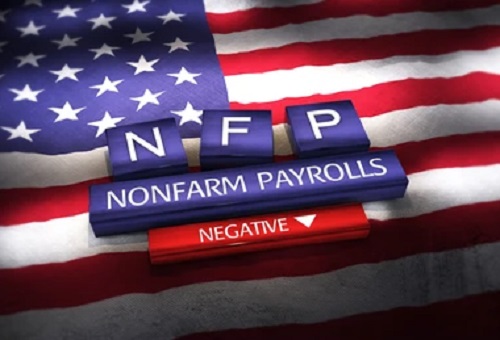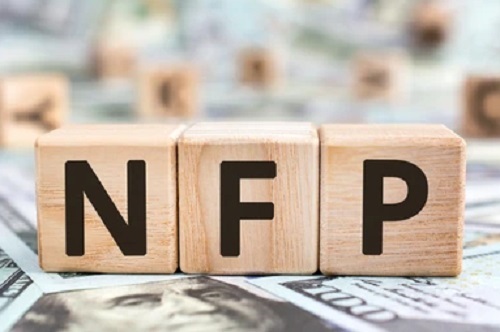Investment
Non-farms Payroll (NFP)
THE NFP TRADE
What is the non-farm payrolls report?
The non-farms payroll report (NFP) is the monthly release of data on the 80% of the US workforce employed in manufacturing, construction and goods.
As the name suggests, it does not include those who work on farms, and also excludes private households, non-profit workers and government employees.
The NFP trade is every first Friday of the Month
Why trade non-farm payrolls with Glade Trade?
✅Trade on the market reaction
Leverage your exposure with CFD trading✅Extended hours on US stock
Trade out of hours on over 70 key US stocks and indices✅Effective risk management
Protect your profits and limit your losses with our range of tools
DO YOU KNOW?
The nonfarm payroll (NFP) report consistently causes one of the largest rate movements of any news announcement in the foreign exchange (forex) market. As a result, many analysts, traders, funds, investors, and speculators anticipate the NFP number and the impact that it will have on forex. With so many different parties watching this report and interpreting it, even when the number comes in line with estimates, it can cause large rate swings.
The NFP report is typically released on the first Friday of each month, so it shows the total monthly increase or decrease in paid U.S. workers across most businesses.1 Increasing numbers may show economic expansion but may also give investors reason to be concerned about inflation, while decreasing numbers suggest broader economic concern.
Analyzing the Nonfarm Report Numbers
Like any other piece of economic data, there are three ways to analyze the U.S. nonfarm payroll number:
A higher payroll figure is generally good for the U.S. economy. This is because more job additions contribute to healthier and more robust economic growth. Consumers who have both money and a job tend to spend more, leading to growth. As a result, forex traders and investors look for a positive addition of at least 100,000 jobs per month. Any release above that figure will help to fuel U.S. dollar gains. An above-consensus estimate release will have the same effect.
An expected change in payroll figure causes a mixed reaction in the currency markets. Forex investors witnessing an expected change in the NFP report will turn to other subcomponents and items to gain some sort of direction or insight. This includes the unemployment rate and manufacturing payroll subcomponent. So, if the unemployment rate drops or manufacturing payrolls rise, currency traders will side with a stronger dollar, which is a positive for the U.S. economy. But, should the unemployment rate increase and manufacturing jobs decline, investors will drop the U.S. dollar for other currencies.
What Does Nonfarm Payroll Mean?
Trading on News Releases
Trading on news releases can be very profitable, but it is not for the faint of heart. This is because speculating on the direction of a given currency pair upon the release can be very dangerous. Fortunately, it is possible to wait for the wild rate swings to subside. Then traders can attempt to capitalize on the real market move after the speculators have been wiped out or have taken profits or losses. The purpose of this is to attempt to capture rational movement after the announcement, instead of the irrational volatility pervading the first few minutes after an announcement.
The release of the NFP report generally occurs on the first Friday of every month at 8:30 a.m. Eastern time.2 This news release creates a favorable environment for active traders because it provides a near guarantee of a tradable move following the announcement. As with all aspects of trading, whether you make money on it is not assured. Approaching the trade from a logical standpoint, based on how the market is reacting, can provide you with more consistent results than simply anticipating the directional movement that the event will cause.
NFP Trading Strategy
The NFP report generally affects all major currency pairs, but one of the favorites among traders is the GBP/USD (British pound/U.S. dollar). Because the forex market is open 24 hours a day, all traders have the ability to trade on the news event.The logic behind the strategy is to wait for the market to digest the information’s significance. After the initial swings have occurred, and after market participants have had a bit of time to reflect on what the number means, they will enter a trade in the direction of the dominating momentum. They wait for a signal indicating that the market may have chosen a direction to take rates. This avoids getting in too early and decreases the probability of being whipsawed out of the market before it has chosen a direction.


